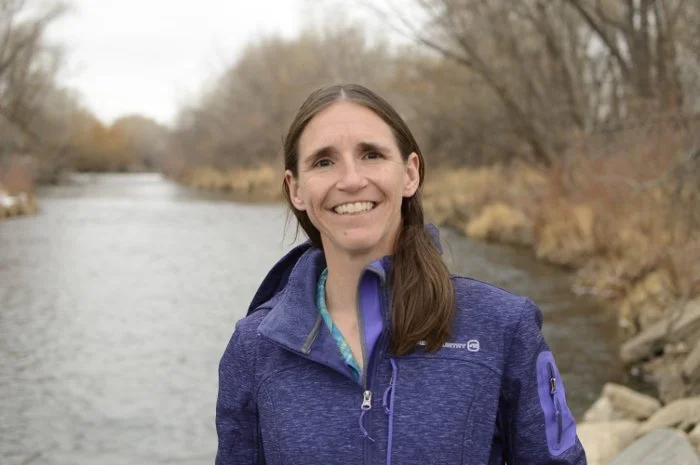Relationships that Drive Restoration
Andrea Taillacq
Tailwater Limited
Wellington, CO
Authorss: Taillacq, Andrea, C. PE, Taillacq, Greg E.
Stream restoration design centers on restoring riverine processes that have been impacted by anthropogenic activities for the benefit of society and in the most holistic approaches for the benefit of ecology. Approaches have been termed form-based and process-based and a plethora of variations beyond and in-between. Arguably rivers are messy, like my 10-year old’s room, organized based on the materials available and past events that have occurred.
The polarity of approaches, the division between research professionals, and continually adapting to the latest buzzwords often leaves me exhausted and overwhelmed at the prospects of the future. Restoration designs are influenced by experience, regulations, and science as projects move from scientific experiments to restoration design, the documentation becomes fragmented and learning opportunities become masked by marketing strategies.
Stream Tools was developed to reduce the data processing steps that were clouding the restoration design process with the goal of helping designers focus on the product – a successful restoration design. In developing Stream Tools and designing projects constrained by regulations, science, and experience, I have been challenged to rethink the functional relationships used in restoration design.
As we refine Stream Tools, we seek to further evaluate fundamental empirical relationships frequently used in restoration design. Because these empirical relationships were often researched independently – such as meander wavelength vs. bankfull width and sinuosity vs slope they often lack additional explanatory variables. We would like to share our hypothesis for additional relationships to improve the restoration design process. This talk will present key findings, highlight variations in restoration approaches, and propose additional relationships that could enhance the design process. We aim to spark discussion on alternative approaches and improvements in stream restoration methodology.
About Andrea Taillacq
Andrea Taillacq is the co-owner of Tailwater Limited, alongside her husband, Greg Taillacq, and a developer of Stream Tools, with two decades of experience in water resources. She has been working on Stream Tools since 2018, and the tool became a fully implemented Autodesk Civil3D add-in in 2020. While many projects were delayed by the global pandemic, the extra time allowed Andrea to accelerate the development and refinement of Stream Tools.
Throughout this process, Andrea has enjoyed observing user interactions and the assumptions people make when using the tool. These insights have been instrumental in identifying common challenges in stream restoration projects and answering key questions like, "Why do things go wrong? What assumptions are leading to these issues?" By understanding these patterns, Andrea has contributed to improving the effectiveness of stream restoration.
LinkedIn: https://www.linkedin.com/in/andrea-taillacq-1b473277/

